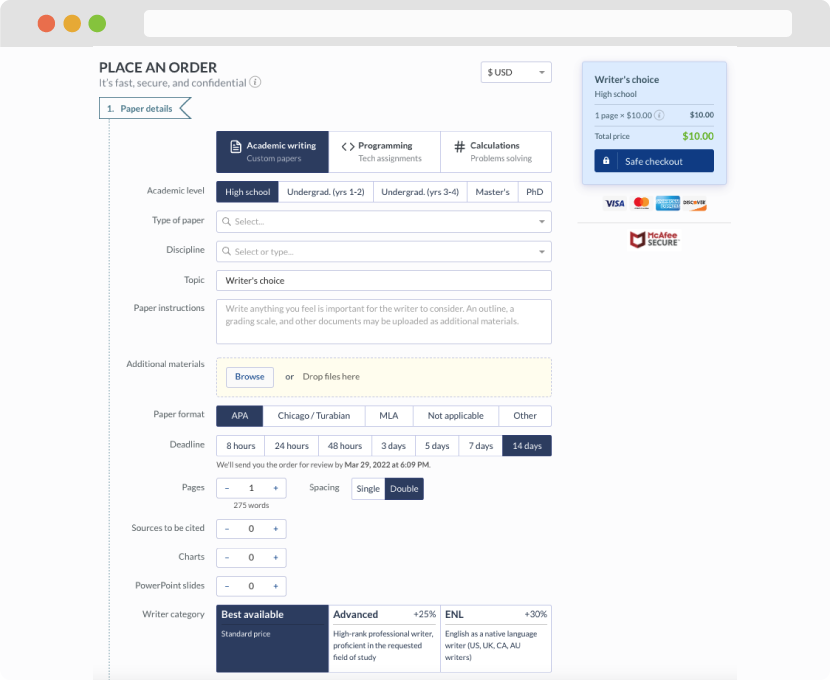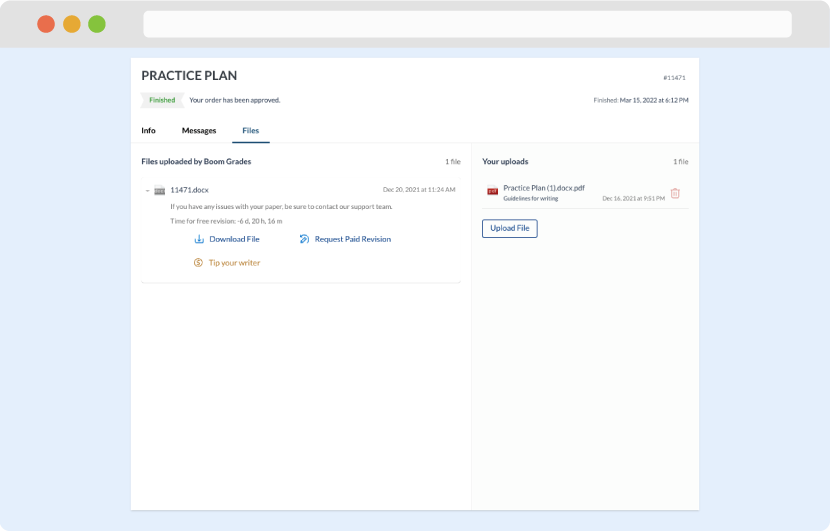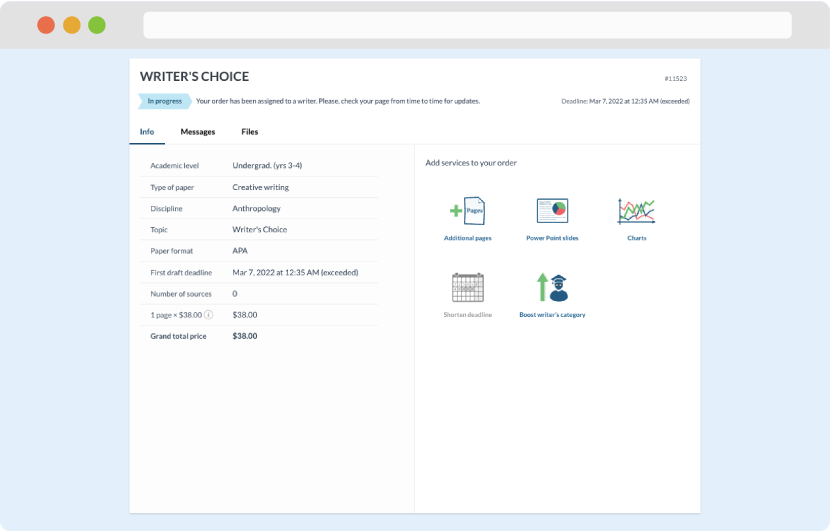Employment law (EML) assessment brief
This assessment is made up of three parts, assessment activity 1, assessment activity 2 and assessment activity 3.
CIPD learning outcomes and assessment criteria
The following table sets out the CIPD learning outcomes and associated assessment criteria:
Learning outcomes Assessment criteria
1 Understand the purpose of employment regulation and the way it is enforced in practice. 1.1 Explain the aims and objectives of employment regulation.
1.2 Describe the role played by the tribunal and courts system in enforcing employment law.
1.3 Explain how cases are settled before and during formal legal procedures.
2 Know how to manage recruitment and selection activities lawfully. 2.1 Identify the main principles of discrimination law in recruitment and selection and in employment.
2.2 Explain how contracts of employment are established.
3 Know how to manage change and reorganisation lawfully.
3.1 Describe when and how contracts can be changed lawfully.
3.2 Explain the main requirements of redundancy law.
3.3 Explain the main requirements of the law on business transfers.
4 Know how to manage issues relating to pay and working time lawfully.
4.1 Identify the major statutory rights workers have in the fields of pay, leave and working time.
4.2 Explain the major requirements of equal pay law.
4.3 Explain major maternity, paternity and other family-friendly employment rights.
5 Be able to ensure that staff are treated lawfully when they are at work.
5.1 Identify the major requirements of health and safety law.
5.2 Explain the significance of implied duties as regards the management of employees at work.
5.3 Explain the principles of the law on freedom of association.
6 Know how to manage performance and disciplinary matters lawfully. 6.1 Explain the main requirements of unfair dismissal law in respect of capability and misconduct issues.
6.2 Explain the scope of the right for employees to be accompanied at serious discipline and grievance hearings.
Assessment activity 1
TUPE due diligence – briefing document
Writing this briefing document on TUPE due diligence will allow you to demonstrate assessment criteria 1.1, 1.2, 1.3, 2.1, 2.2, 3.1, 3.2 and 3.3. Your word count is 2600 words (+/- 10%). You must submit assessment activity 1 on the document EML assessment activity 1 template.
Your briefing document should include a list of cited references and a separate bibliography of sources consulted but not specifically mentioned. Referencing for an employment law-based assessment should include Statute, Regulations and Case Law along with the usual evidence and research-based references where applicable.
Your references and bibliography as well as all the grey highlighted words in your template are excluded from your word count.
You need to respond to the following:
Hell’s Kitchen are considering the acquisition of another restaurant chain – Zuzu’s. Before the deal goes through, a HR due diligence activity is required. This will be conducted by the Hell’s Kitchen Operations Manager, Peter Palmer. Your briefing document should set out what Peter needs to do (and why he needs to do it so he has some context) to ensure Hell’s Kitchen remains compliant with all of the relevant employment law before and after any transfer.
From the initial discussions, the following information is known about Zuzu’s HR practices:
• Organisation structure
It is anticipated that the restaurants will see little change after the transfer other than the new branding of Zuzu’s Kitchen. However, there will be some duplication of head office roles therefore some redundancies in central functions will be likely.
• Terms and conditions of employment
Zuzu’s had a HR manager, but he left the organisation 2 years ago and has not been replaced. Employees with more than 2 years’ service appear to have written contracts on file but they have not been updated. Contracts for new hires have not been issued at all since the HR manager left.
Currently Hell’s Kitchen staff are paid on the last working day of the month and Zuzu’s staff are paid on the 15th of the month. For administrative convenience and cash flow purposes, Hell’s Kitchen would like to have all employees paid on the last working day of the month after the transfer.
• Recruitment and selection
In the absence of the HR manager, managers have received very little formal people management training. As students have tended to make good waiting staff, vacancies have been solely advertised at colleges and universities. At Zuzu’s Newcastle, in recent months, selection decisions for new recruits have been based on informal chats rather than structured interviews and there are no formal offers made or letters to advise when candidates are unsuccessful. If candidates telephone for interview feedback it is a known practice amongst the staff to take a message, but not to return the candidate’s call “in case they say something they should not”.
The Zuzu’s Newcastle restaurant manager has divulged that she recently rejected a mature student for a vacancy because the applicant was considered to be too old to cope with physical demands of the job. The manager has told you that there is already an older employee at the restaurant, Bernard Reader who is aged 54. He is much slower than the younger staff and performance managing him is taking up much of her time and she “doesn’t want another oldie to deal with”.
• Employee relations
There has been an ongoing dispute with Michael Howes, a disruptive employee in Zuzu’s Head Office. Zuzu’s MD is considering having an ‘off the record’ conversation about mutually agreeing terms to terminate his employment with Zuzu’s prior to the acquisition taking place.
Your briefing document should be submitted using the EML assessment activity 1 template. The template contains the key headings, and the following gives you further information on what to include under each of those headings and where each aspect links to the assessment criteria.
Introduction
• To give some overall context for your briefing explain the aims and objectives of employment regulation and how employment law is enforced. (1.1, 1.2)
• Advise Peter on the main provisions of TUPE and how and why it protects employees. (3.3)
Risks to Hell’s Kitchen
• Explain how discrimination can come into recruitment and selection activities and in general employment. (2.1)
• Apply this to the recruitment and selection practice and performance management of Bernard Reader in Zuzu’s Newcastle, making reference to applicable case law.
• Explain how the contractual terms and conditions of staff employed at Zuzu’s in the last 2 years have come about. (2.2)
• Advise what should be done to firm up the arrangements and what should be included in any documentation making reference to appropriate Statute.
• Explain the process to follow to broach a settlement agreement with Mike. If Mike does not accept the agreement and later claims constructive dismissal, outline the circumstances in which a settlement agreement can be a useful option during an employment tribunal process. (1.3)
Recommended actions
• To address changing the pay day, explain economical, technical and/or organisational (‘ETO’) reasons for contract changes following the transfer and the process by which to agree the change. Also explain how the changes might be made without an employee’s agreement. (3.1)
• Outline the legal basis of redundancy law and map out a plan of action for Hell’s Kitchen to follow to ensure a fair and compliant redundancy process for the duplicated head office roles. (3.2)
Assessment activity 2
Lawful treatment of staff Q&A
Answering the following four questions on the lawful treatment of staff will allow you to demonstrate criteria 5.1, 5.2 and 5.3. You will need to submit your work on document EML assessment activity 2 template. Answer each question within the specified word count (+/-10%). Your submission should include a list of cited references and a separate bibliography of sources consulted but not specifically mentioned. Your references and bibliography as well as all the grey highlighted words in your template are excluded from your word count.
1. Identify 3 requirements of The Health and Safety at Work Act (HASAWA) 1974. (250 words)
2. Give 2 examples of where an employee might make a personal injury claim. One of your examples should relate to discrimination. (200 words)
3. Explain the following implied duties in the contract of employment. (500 words)
• Duty of care
• Mutual trust and confidence
• Duty to provide the employee with reasonably competent fellow employees
4. Explain freedom of association in employment and how it may manifest itself. (200 words)
Assessment activity 3
Managing pay, working time, performance and disciplinary matters lawfully – presentation
Preparing your presentation and supporting notes will allow you to demonstrate criteria 4.1, 4.2, 4.3. 6.2 and 6.1. You can submit your work on document EML assessment activity 3 template which is a PowerPoint template. Your presentation should include no more than 10 slides and supporting speaker notes of 1950 words (+/- 10%). You are not required to deliver this presentation.
Prepare a training session presentation and supporting speaker notes for an employment law training session for line managers on:
1. The recent changes to:
• National Minimum/Living Wage, Working Time Regulations regarding holiday pay and working time for mobile/field-based workers (4.1)
• Equal pay provisions of the Equality Act and gender gap reporting (4.2)
• Maternity, Paternity, Adoption Rights and Shared Parental Leave (4.3)
• The right to be accompanied at formal meetings (6.2)
2. Good practice in managing capability and managing conduct (6.1)
Your submission should include an additional slide with a list of cited references together with a separate bibliography of sources consulted but not specifically mentioned. Remember to refer to sources of law including case law throughout your presentation to illustrate your points. Your references and bibliography and the words used in your presentation slides are excluded from your word count.
Use the ‘notes’ section within PowerPoint to ensure you fully answer the brief and demonstrate the assessment criteria indicated. If you prefer you may submit your notes as a separate word document.
Professional homework help features
Our Experience
However the complexity of your assignment, we have the right professionals to carry out your specific task. ACME homework is a company that does homework help writing services for students who need homework help. We only hire super-skilled academic experts to write your projects. Our years of experience allows us to provide students with homework writing, editing & proofreading services.
Free Features
Free revision policy
$10Free bibliography & reference
$8Free title page
$8Free formatting
$8How our professional homework help writing services work

You first have to fill in an order form. In case you need any clarifications regarding the form, feel free to reach out for further guidance. To fill in the form, include basic informaion regarding your order that is topic, subject, number of pages required as well as any other relevant information that will be of help.
Complete the order form
Once we have all the information and instructions that we need, we select the most suitable writer for your assignment. While everything seems to be clear, the writer, who has complete knowledge of the subject, may need clarification from you. It is at that point that you would receive a call or email from us.
Writer’s assignment
As soon as the writer has finished, it will be delivered both to the website and to your email address so that you will not miss it. If your deadline is close at hand, we will place a call to you to make sure that you receive the paper on time.
Completing the order and download